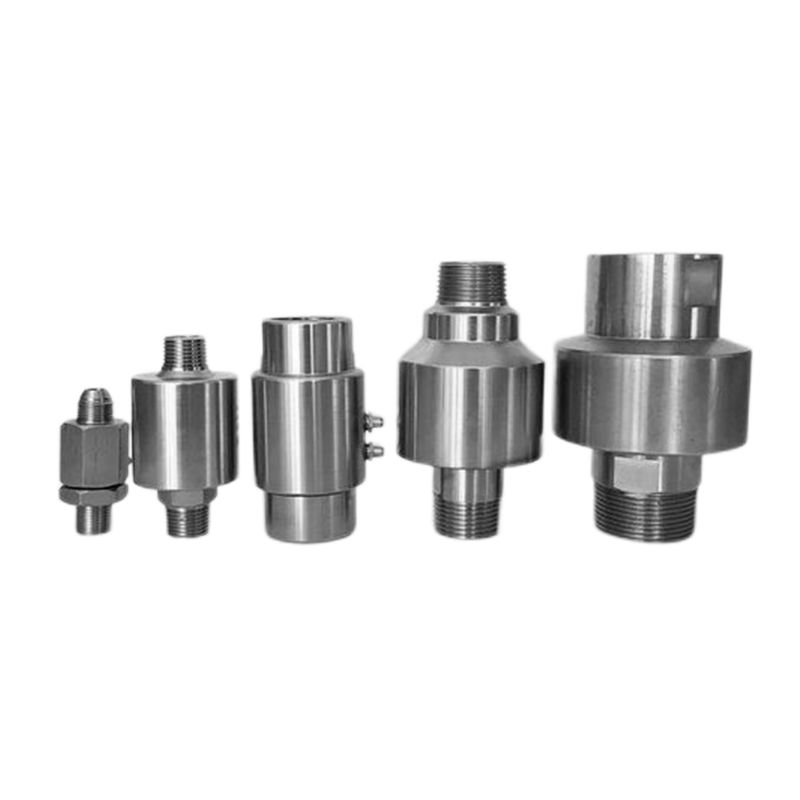rotary joint union
A rotary joint union is a sophisticated mechanical component that enables the transfer of various media, such as steam, water, oil, or air, between stationary and rotating equipment parts. This essential device serves as a crucial interface in rotating machinery, allowing for the seamless flow of fluids or gases while maintaining a secure, leak-free connection during continuous rotation. The design incorporates precision-engineered seals, bearings, and passages that work together to ensure reliable performance under varying operational conditions. Modern rotary joint unions feature advanced sealing technologies that minimize friction and wear while maximizing service life. These units are typically constructed from high-grade materials such as stainless steel, carbon steel, or specialized alloys, depending on the specific application requirements and media being transferred. The technology has evolved to accommodate multiple passages within a single unit, allowing for the simultaneous transfer of different media types. Applications span across numerous industries, including paper manufacturing, plastic processing, textile production, and heavy machinery. The rotary joint union's versatility makes it indispensable in equipment such as printing rollers, tire curing machines, paper calendering systems, and various other rotating process equipment.


